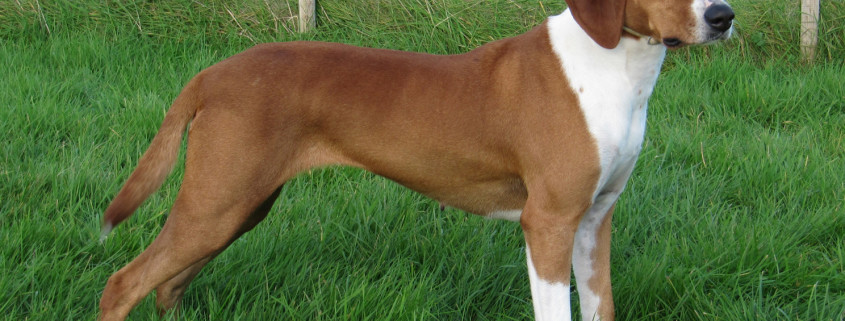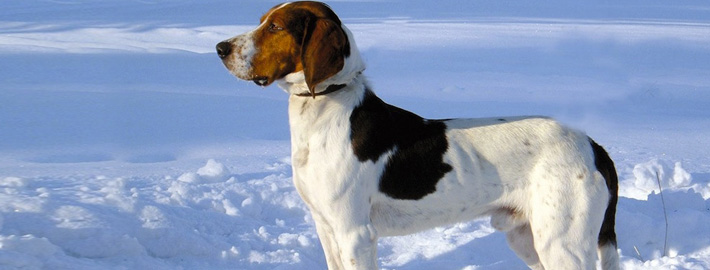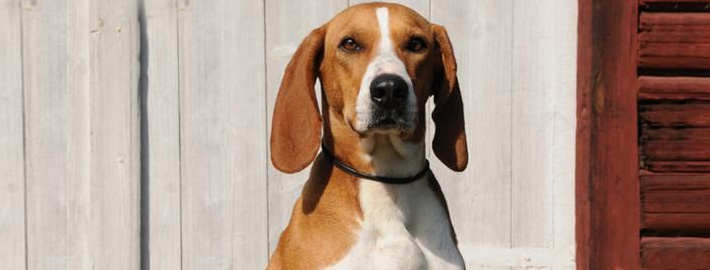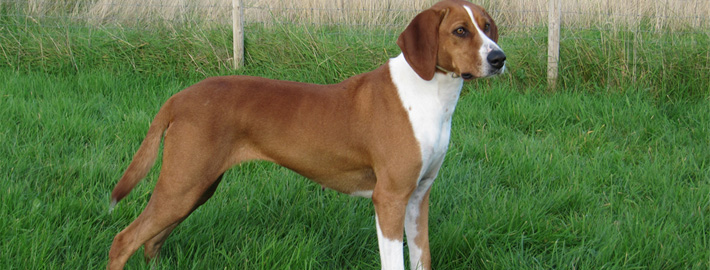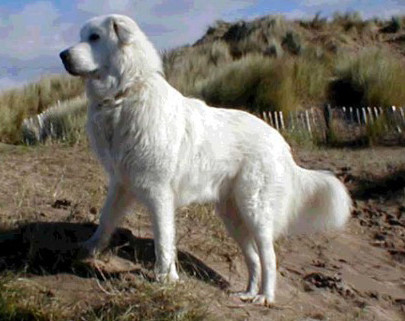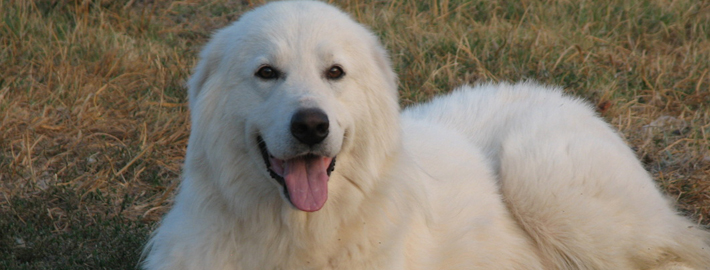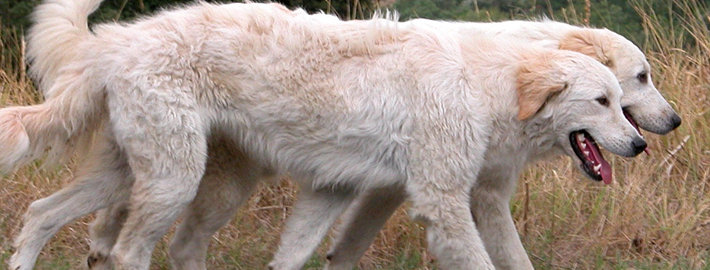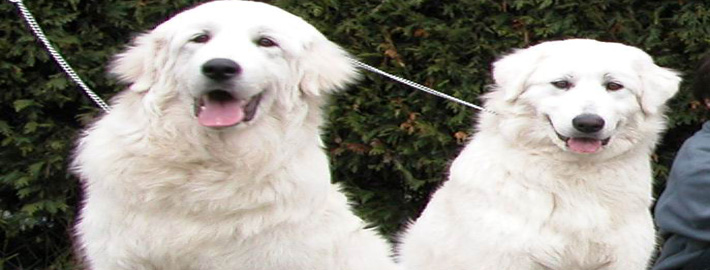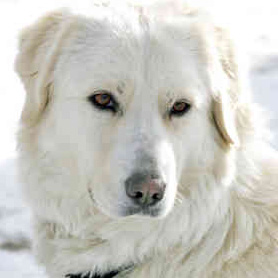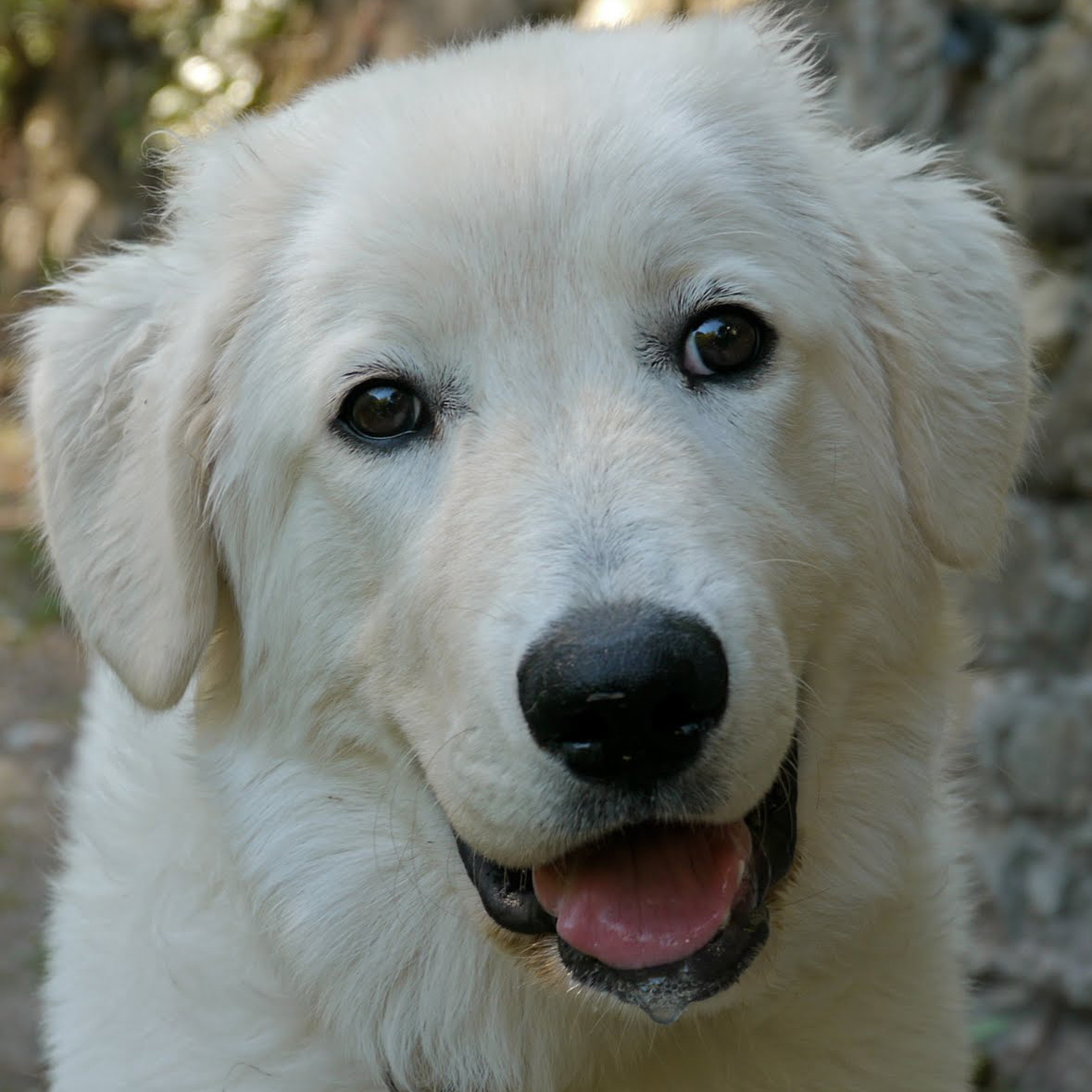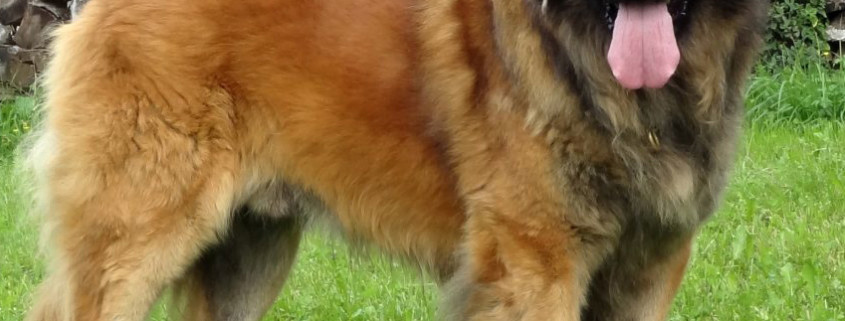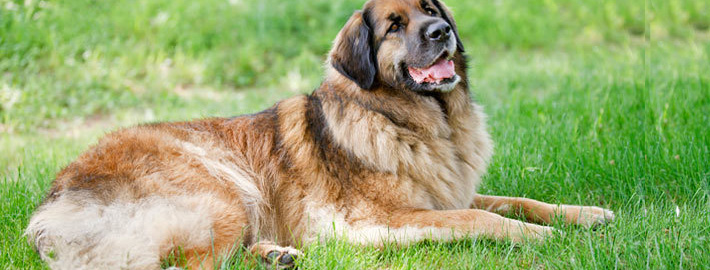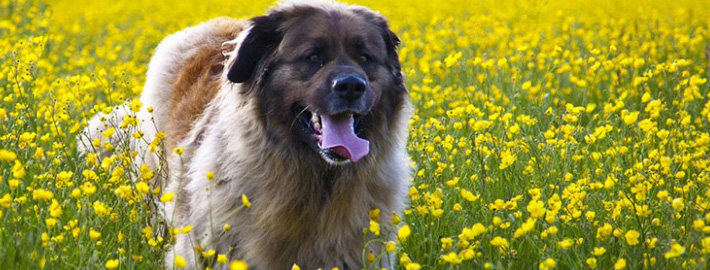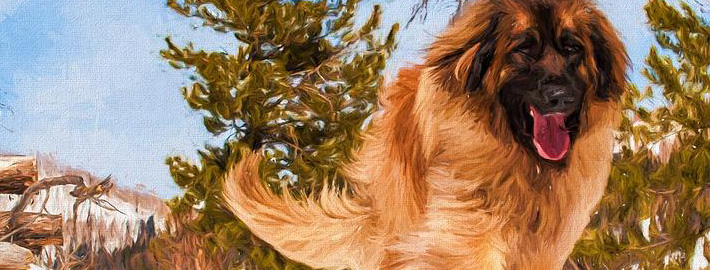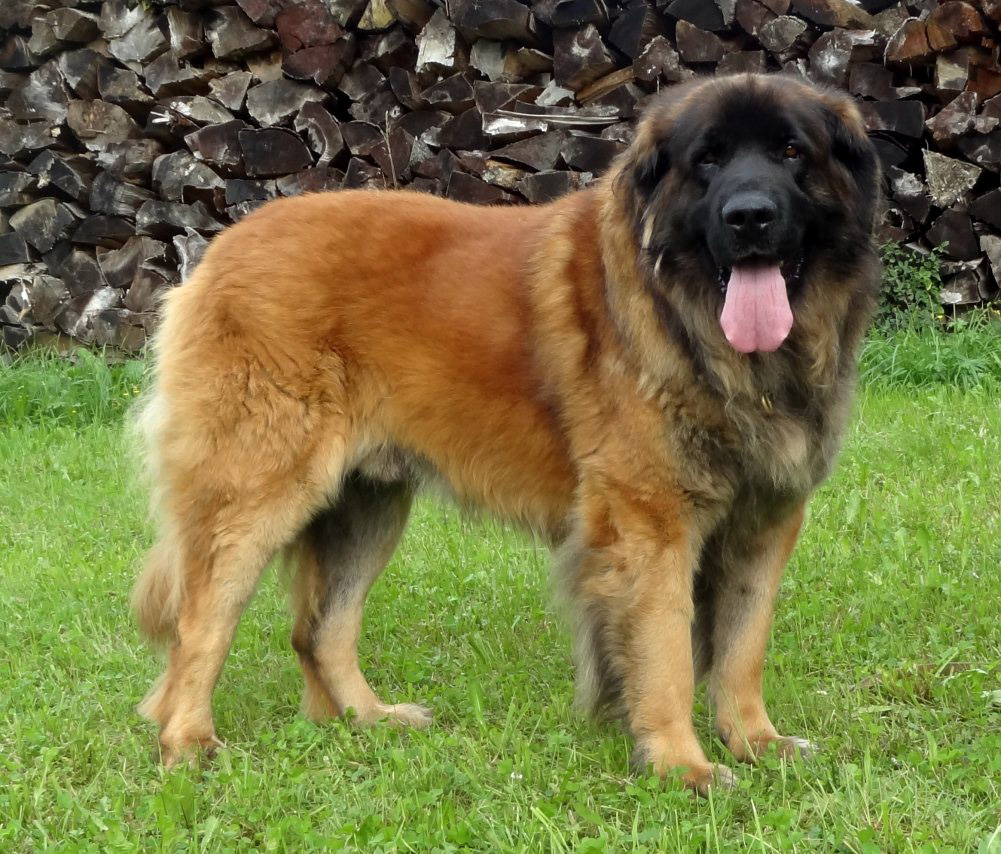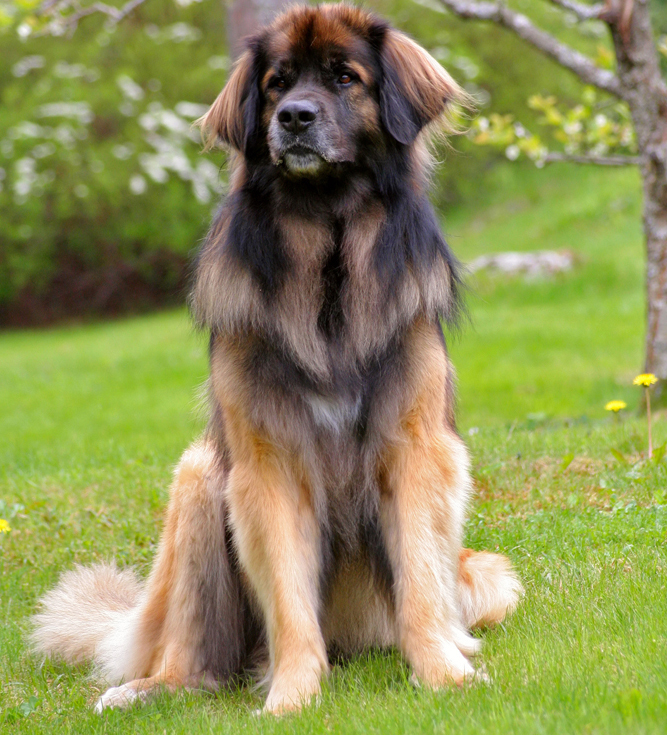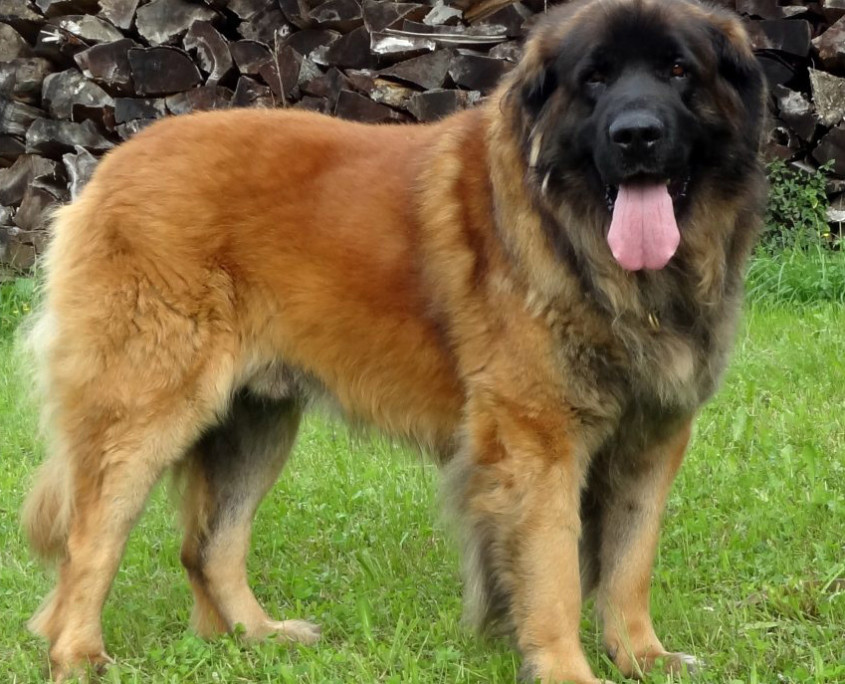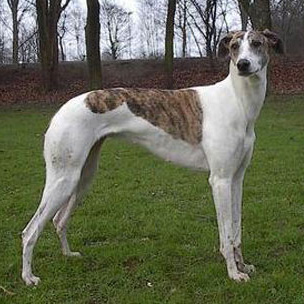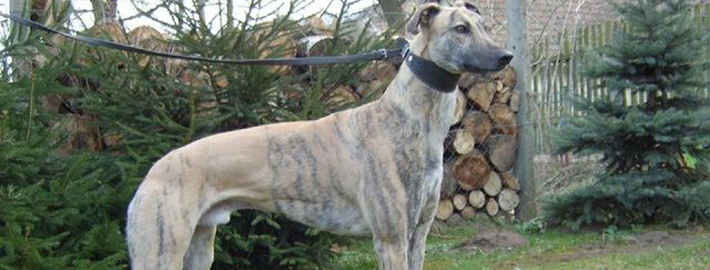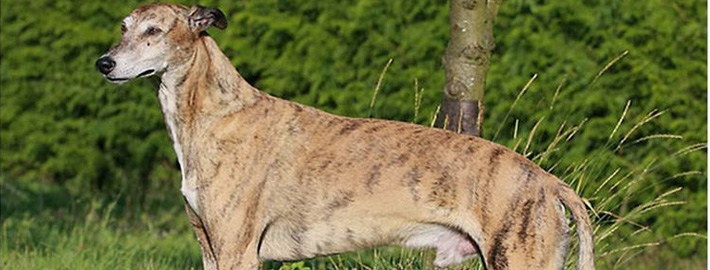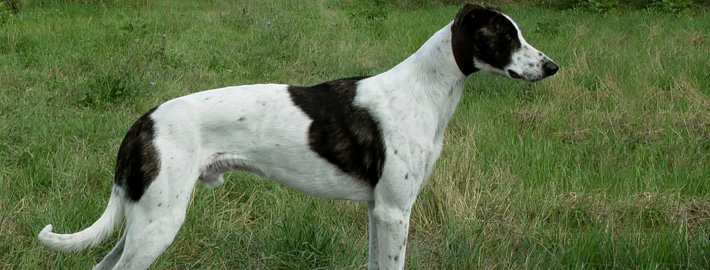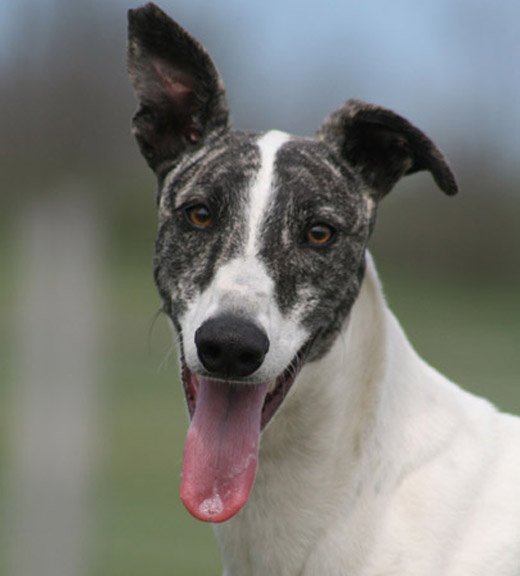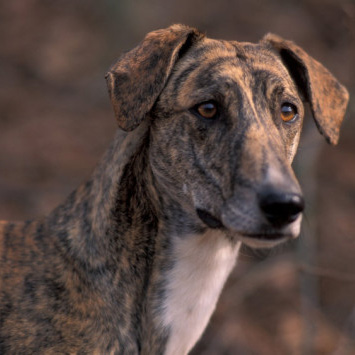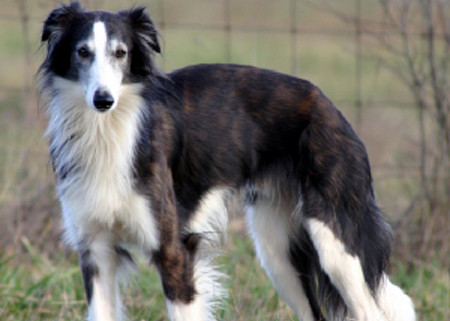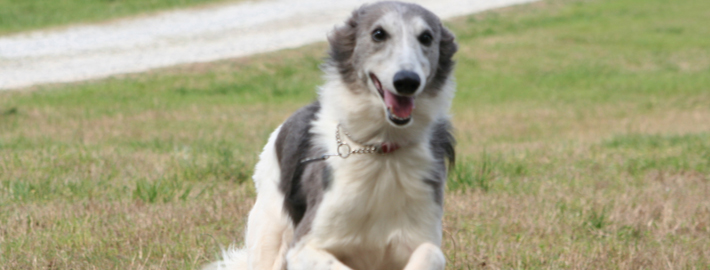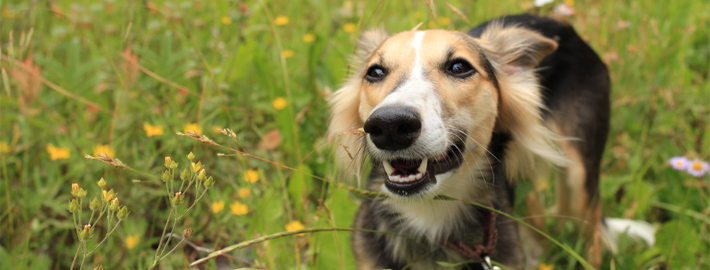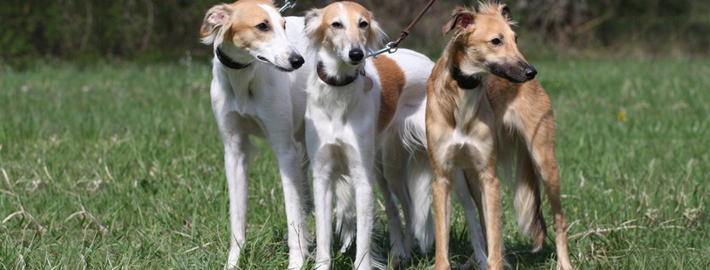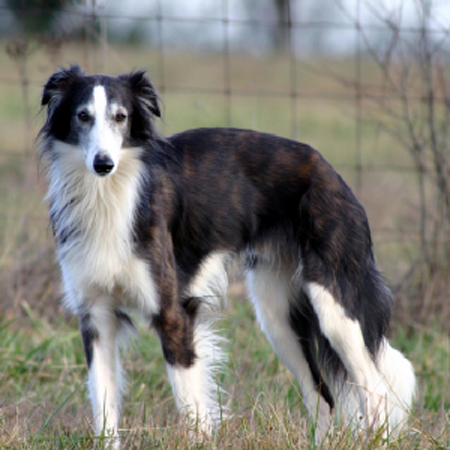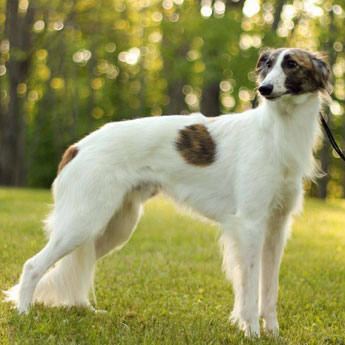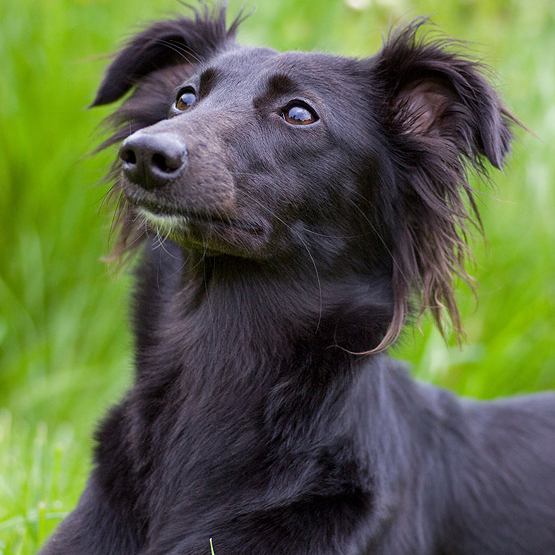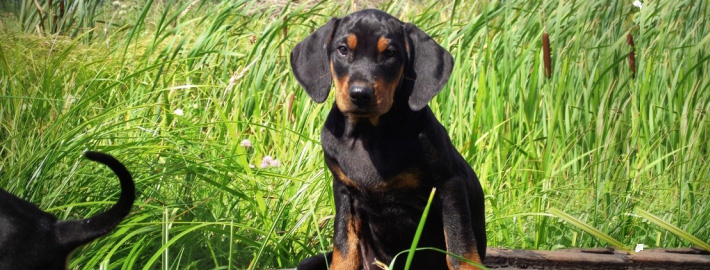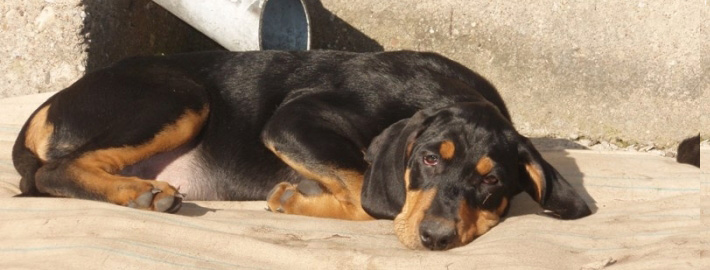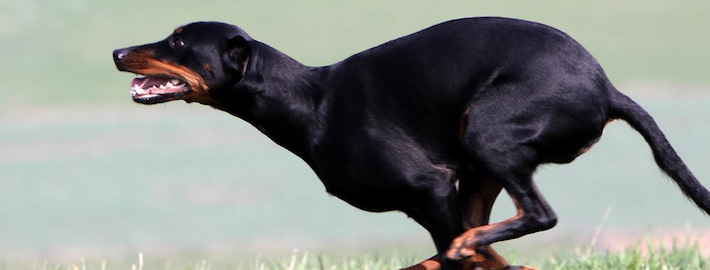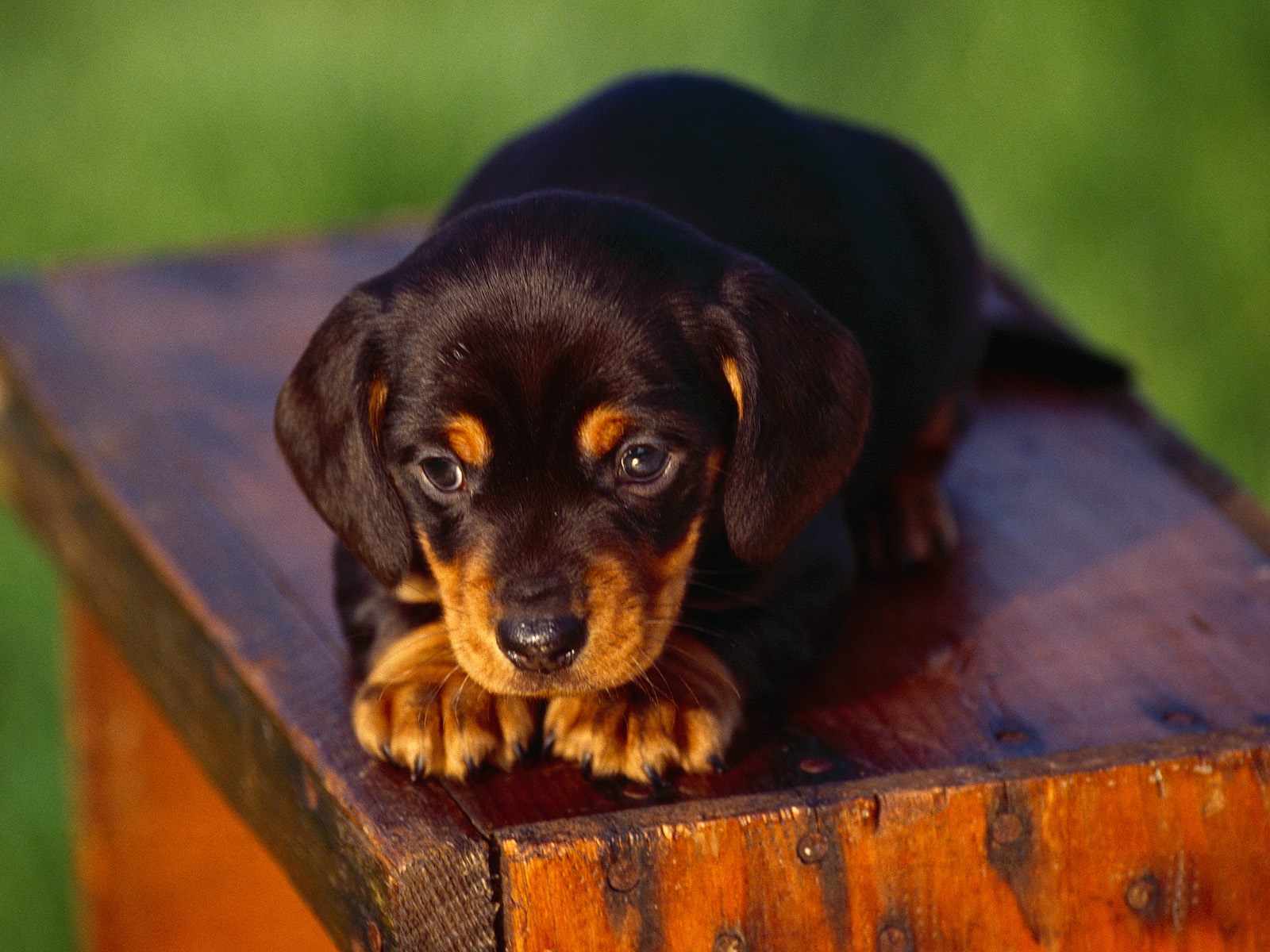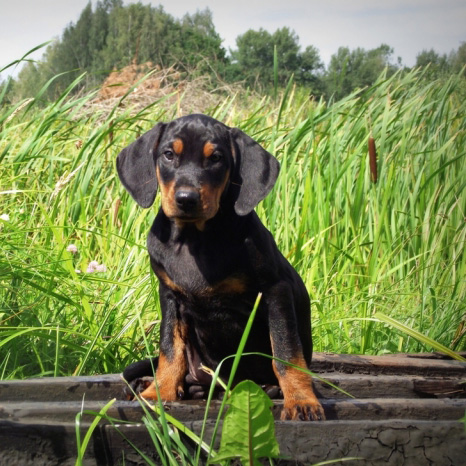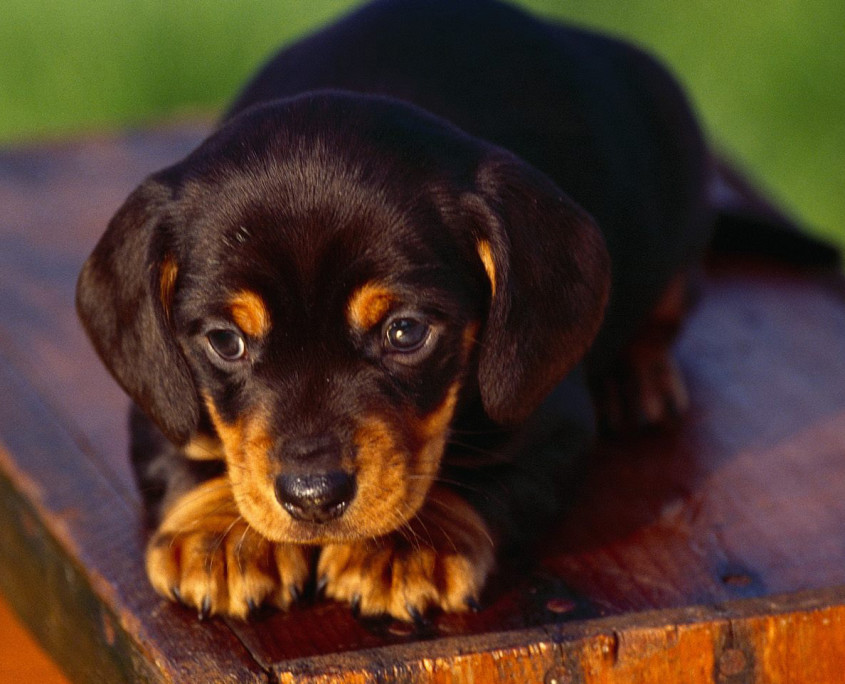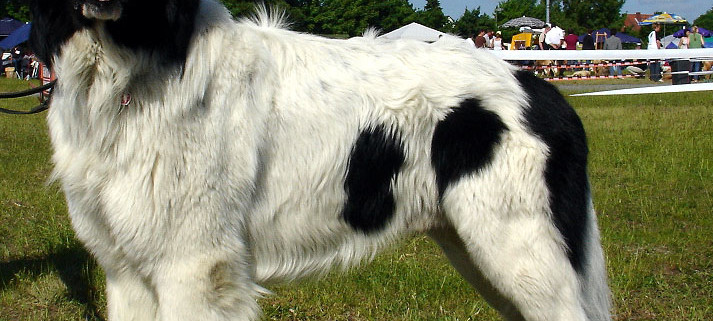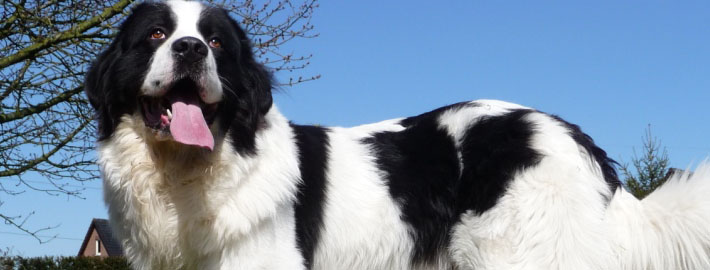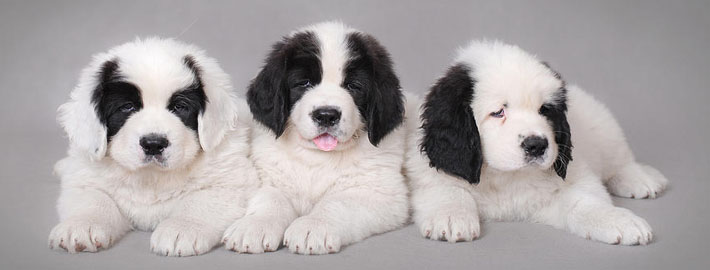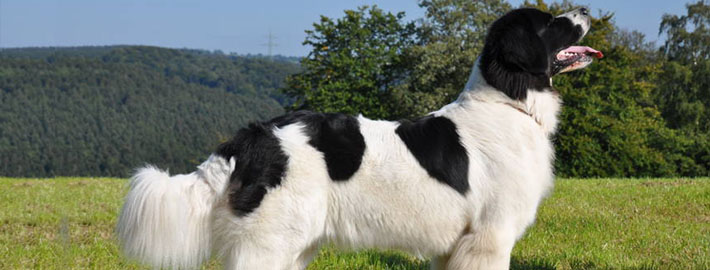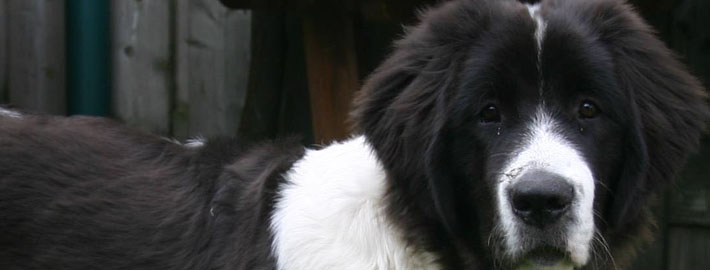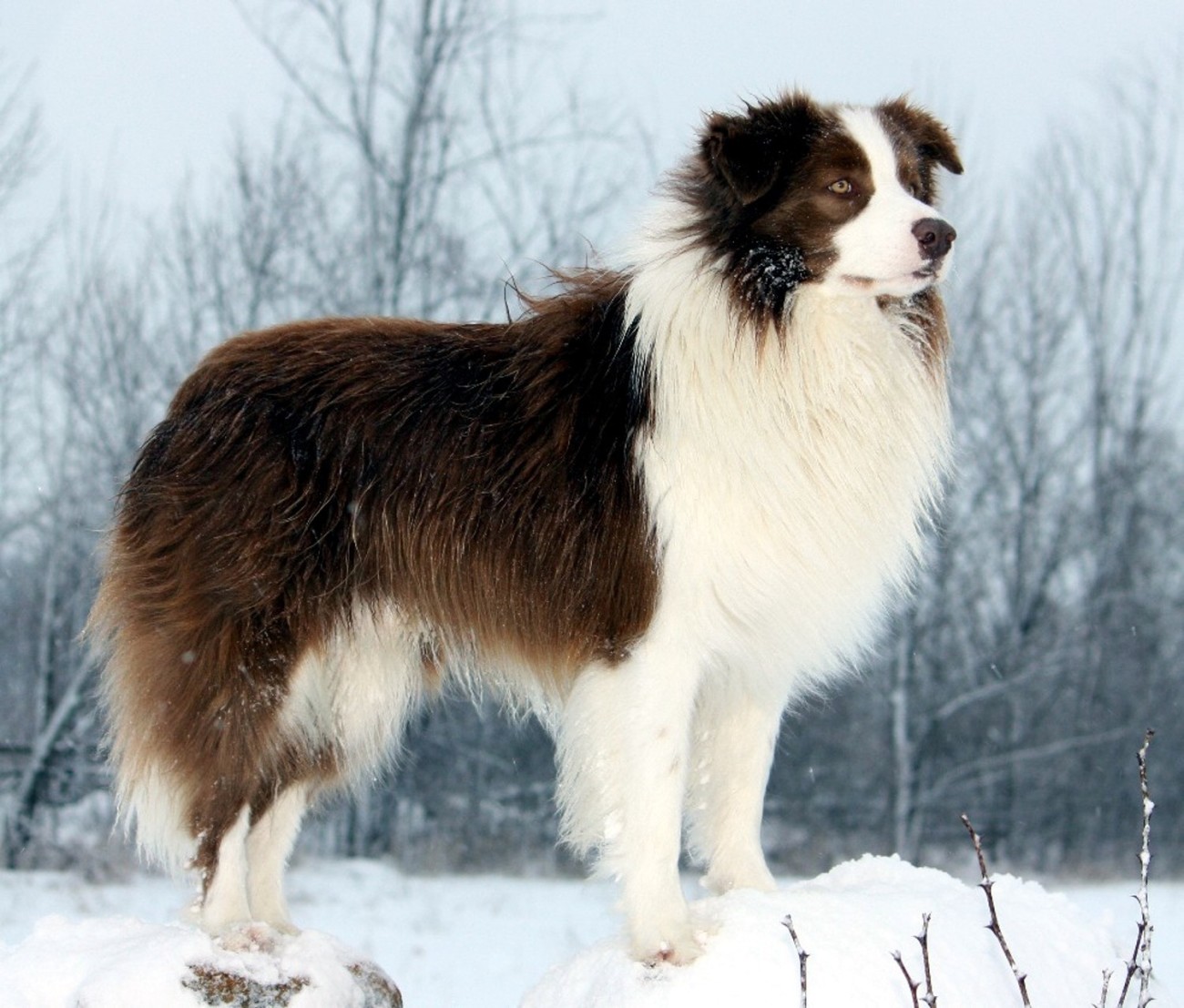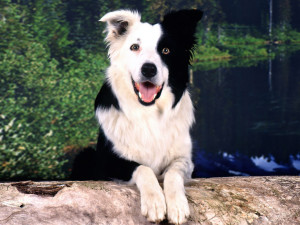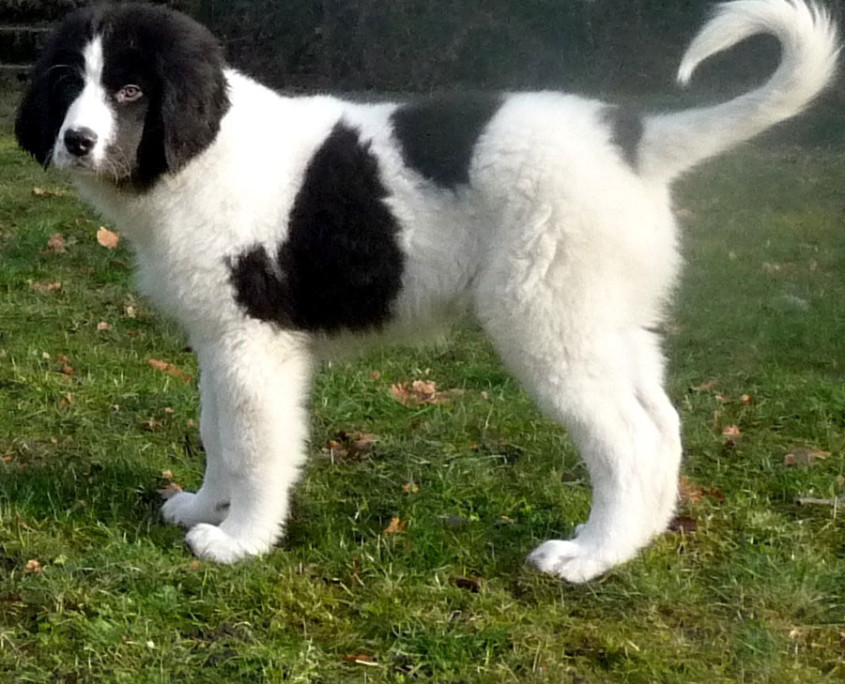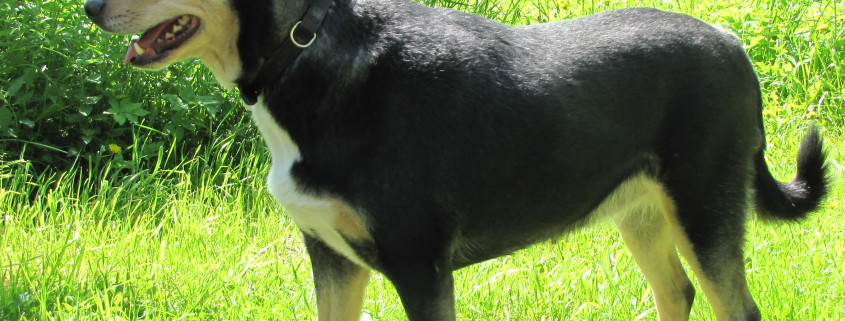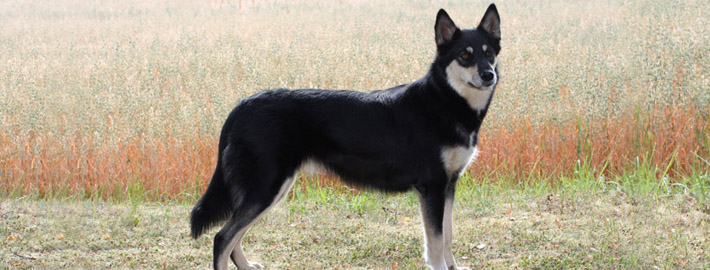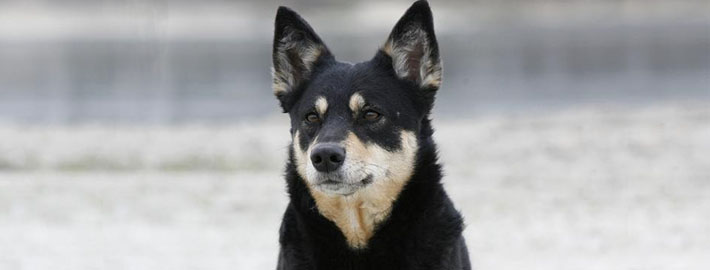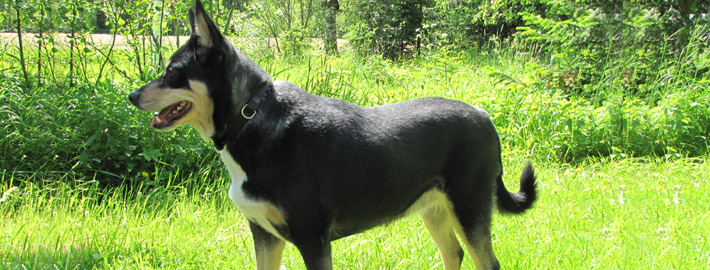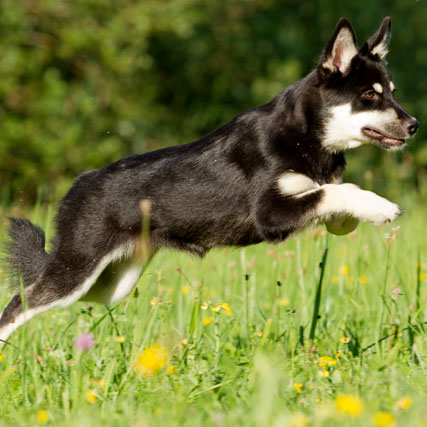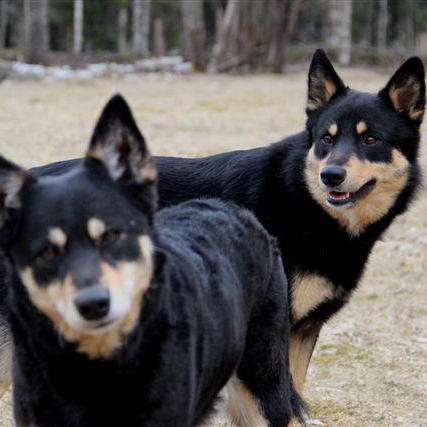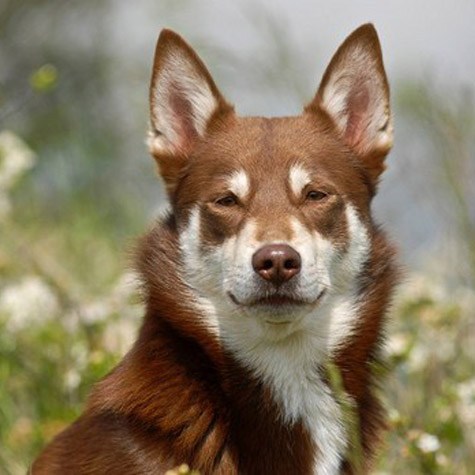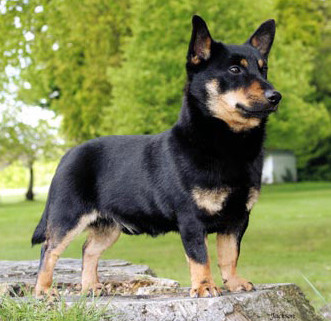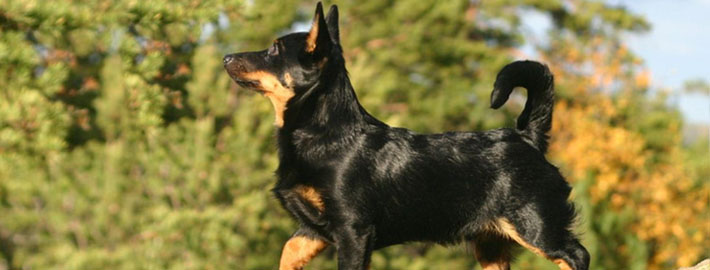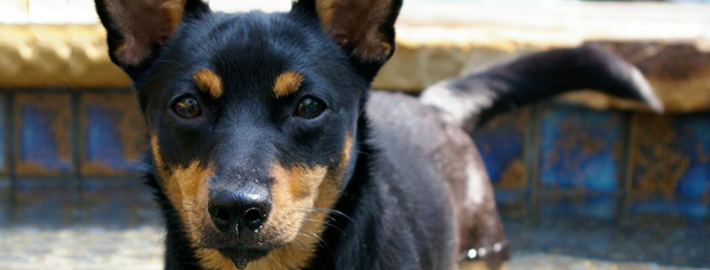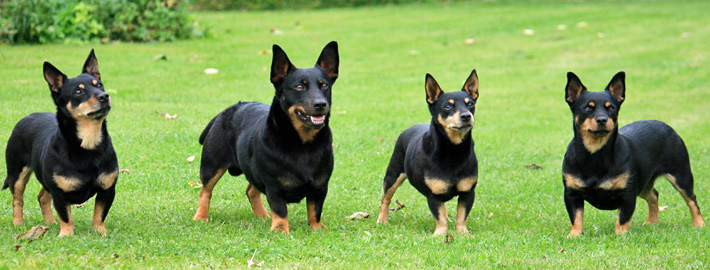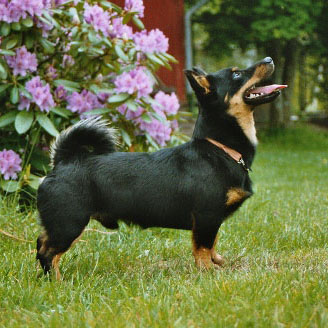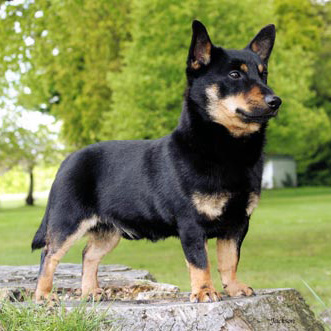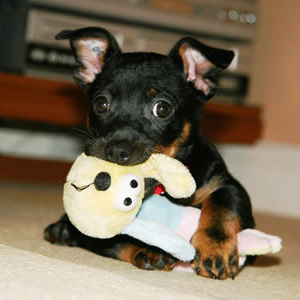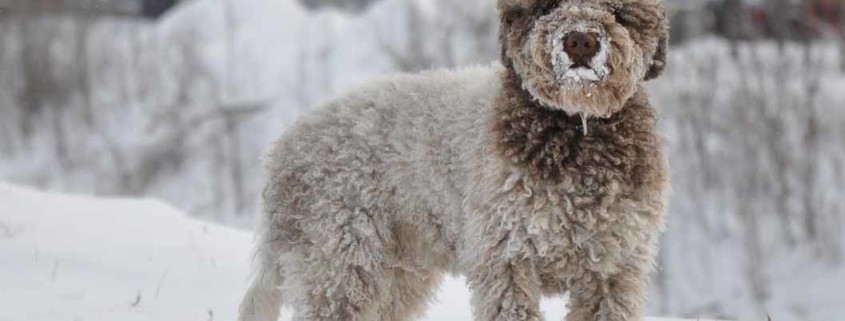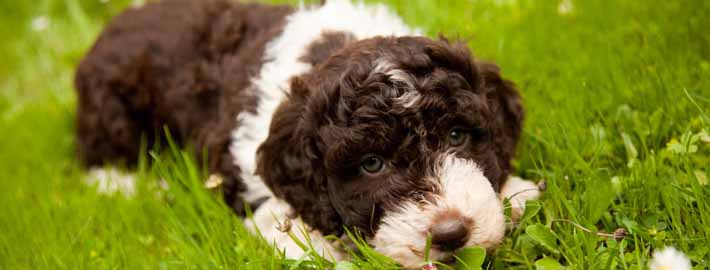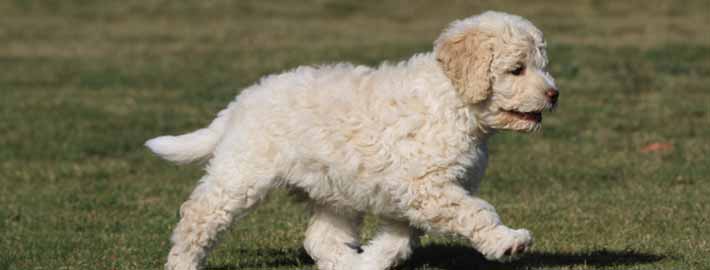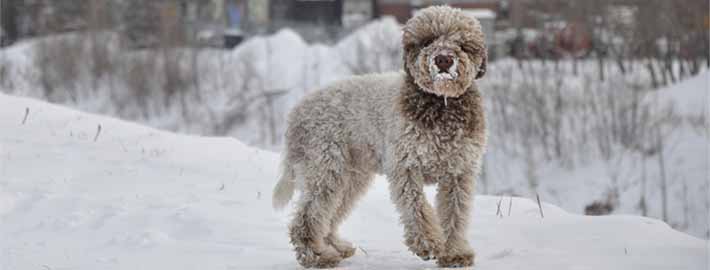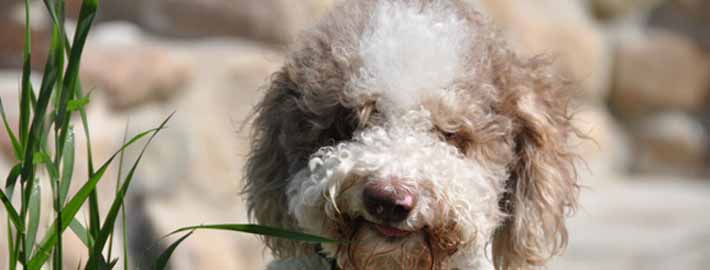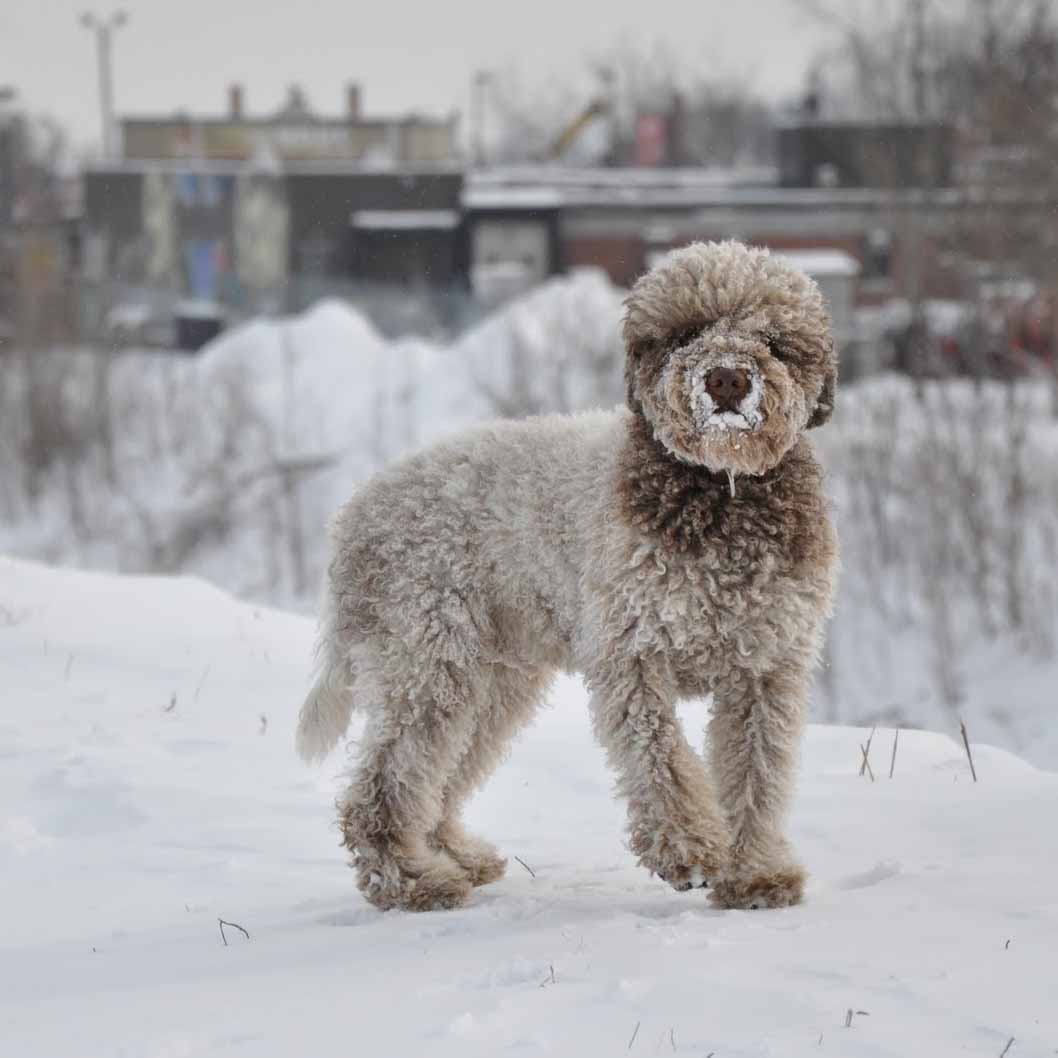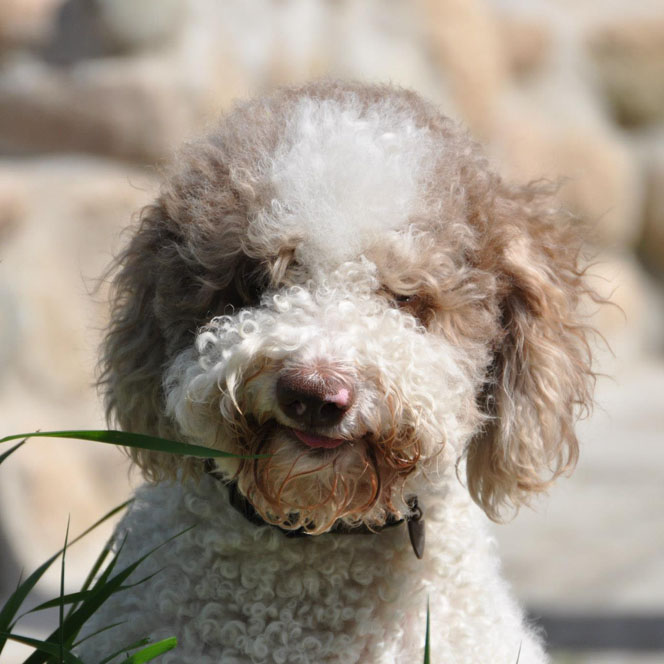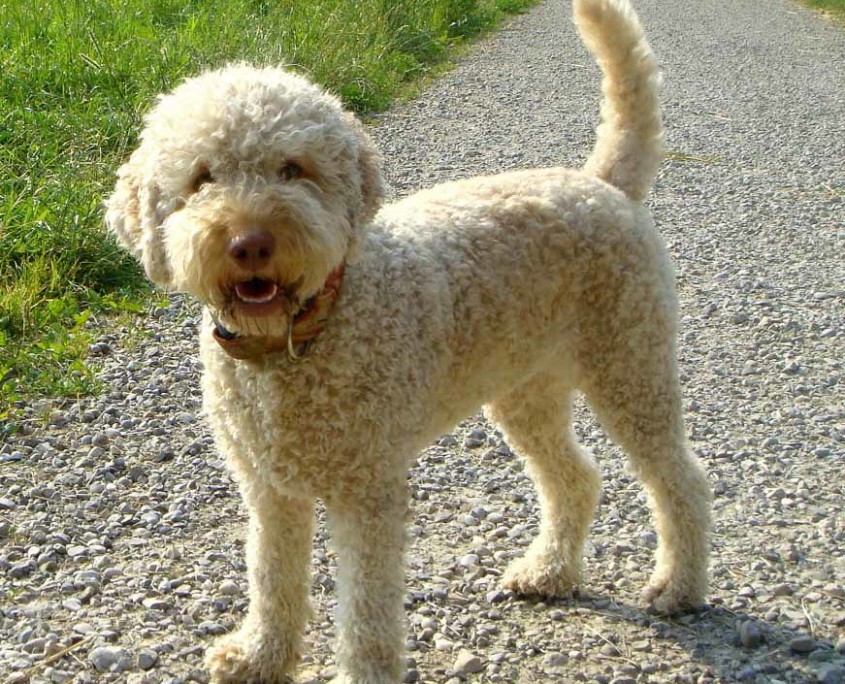Hygenhund
Hygenhund – Sturdy and Athletic Hunter
What makes the Hygenhund Unique?
Hygenhunds are medium-sized scenthounds of solid and compact rectangular build and firm back. First produced in the 19th century from various hounds, including German ones, this is a very Norwegian breed.
Page Contents
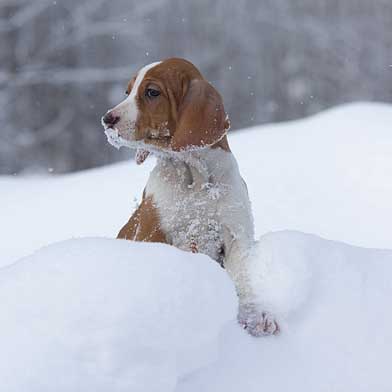
SnapShot
| Size: | Males – 47 to 58 cm (18 to 23 inches) Females – 47 to 58 cm (18 to 23 inches) |
| Weight: | Males – 20 to 25 kg (44 to 55 pounds) Females – 20 to 25 kg (44 to 55 pounds) |
| Origin: | Austria, Norway |
| Life Span: | 12 – 15 Years |
| Colour: | red & brown or red & yellow, with black shadings, with or without white markings; black & tan, with white markings; white with red-brown or yellow-red patches, or with black & tan markings |
| Litter Size: | No Information Available |
Is the Hygenhund Right For You?
The Hygen Hound is tender and kind only with people it knows and can demonstrate wariness and suspiciousness towards strangers. Be mindful that without good amount of socialisation it can even become outright aggressive if some unfamiliar person tries to pet it. This dog possesses strong protective instinct and usually takes its responsibilities of defending its family very seriously. It can make a wonderful watchdog, both personal and property. The breed is probably too small to become an effective guard dog although it has all necessary qualities to perform guarding duties.
In 5 Words
- Obedient
- Loyal
- Loving
- Affectionate
- Intelligent
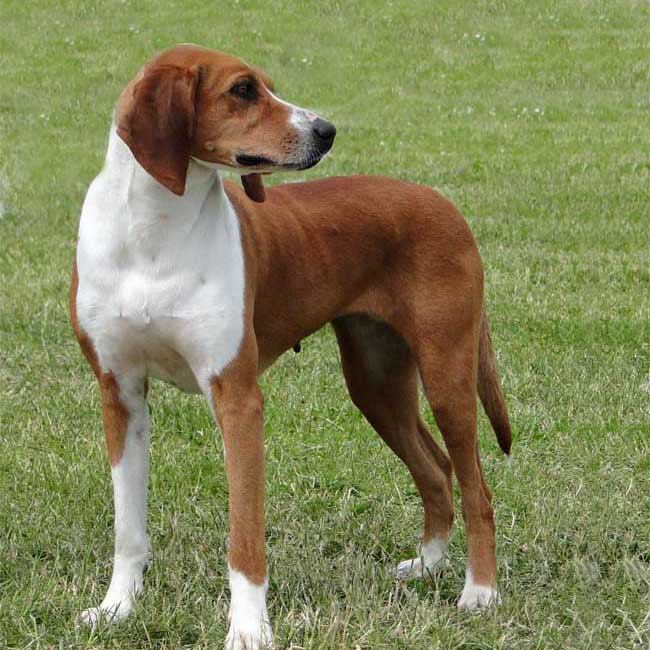
Characteristics
Learn About the Hygenhund
Description
General Description
The Hygenhunds are medium-sized scenthounds of solid and compact rectangular build and firm back. First produced in the 19th century from various hounds, including German ones, this is a very Norwegian breed. They are particularly uncommon, especially outside of Norway, where they are bred for very specific conditions. The Hygenhund is an endurance hunter who can traverse arctic terrain for long periods of time without fatigue. Their heads are triangular, with a broad skull and dark eyes. The ears are wide, the muzzle medium sized and the neck long and clean. They have level toplines and a solid, compact body. The legs are solid and muscular and the feet compact, and they move in a well-balanced, reaching motion. The tail is carried high, but not curled over the back. Their temperaments are energetic and free-spirited.
Size
The Hygenhund stands approximately 19 to 24 inches (48 to 61 cm) high and weighs around 44 to 55 pounds (20 to 25 kg).
Coat
Hygenhund have a thick, shiny coat with straight hairs. They can be found in yellow and red, chestnut (with or without black shading) and black with bright chestnut colors, sometimes combined with white markings.
Short History of the Hygenhund
The Hygen Hound is the product of breeding efforts of Norwegian breeder named Mr. Hygen. In the first half of the XIX century he was inspired by the idea to invent the hunting breed, which would be endowed with enough stamina and determination to pursue the prey in chilling condition and raging blizzard of Arctic regions. In 1839 Hygen settled in Romerike and brought along several Holsteiner Hounds, which he acquired in Germany. Then he mated these dogs with various Scandinavian hounds. Derived dogs were subsequently crossed with the more compact and lighter Norwegian Hound and the new breed was born.
The Hygen Hound was granted the name in honour of its creator. His aspirations were fully fulfilled in this dog as it was characterised with ability to hunt unceasingly for hours on end in the most challenging terrain. Actually this passionate hunter can be tasked to track and retrieve any kind of game in any kind of terrain. No wonder that the breed won many fanciers among avid hunters in Norway in XX century. It is also valued as a companion dog because of its lively and cheerful personality. Eventually owners of the Hygen Hound revealed its hidden talent as a watchdog and today it’s widely used in this role as well.
Despite its pleasant character and supreme working abilities the breeds’ population remains fairly small even in its homeland. The Hugenhund’s breeders stick to very rigorous breeding practices in order to preserve and enhance hunting prowess of this dog. Its standard strictly prohibits its reconstruction from other breeds. Although the Hygen Hound can be exceedingly rarely found outside its native country it was granted the recognition of the United kennel Club (UKC) in 2006.
Temperament
Best known for its energetic and lively nature, the Hygenhund loves to keep busy at work or play. These dogs thrive on strong and dependable relationships with humans, and often look to their owner for leadership and guidance. This breed is highly intelligent and generally easy to train. As a pet, the Hygenhund is obedient, loyal, loving, and very affectionate. The Hygenhund is not suited for full-time indoor or apartment living, as it enjoys spending time outdoors, taking long walks, and having plenty of room to roam, run, and play.
Caring for Your Hygenhund
Grooming & Bathing
As a working breed the Hygen Hound needs insignificant amount of maintenance. Its dense coat provides it with an effective protection from the most adverse weather condition. It should be brushed 3 to 4 times a week to stay neat and healthy-looking.
Exercise & Training
Due to its eagerness to please and impress its owner and willingness to learn, the Hygenhund generally responds well to basic training and commands. This intelligent breed has the ability to learn to perform most any task its trainer is willing to take the time to teach. Establishing immediate trust and respect is key to successfully training the Hygenhund. These dogs respond best to a confident, patient, and caring handler with a stern yet gentle approach to repetitive exercises and tasks.
The Hygenhund is a very healthy breed of dog and very energetic as well. It is not possible for everyone to tame this breed. Its very energetic and needs a lot of exercise. It requires ample space to run about freely so it will not be able to stay in an apartment. The free space provided to this breed must however have strong boundary.

